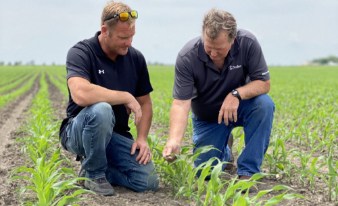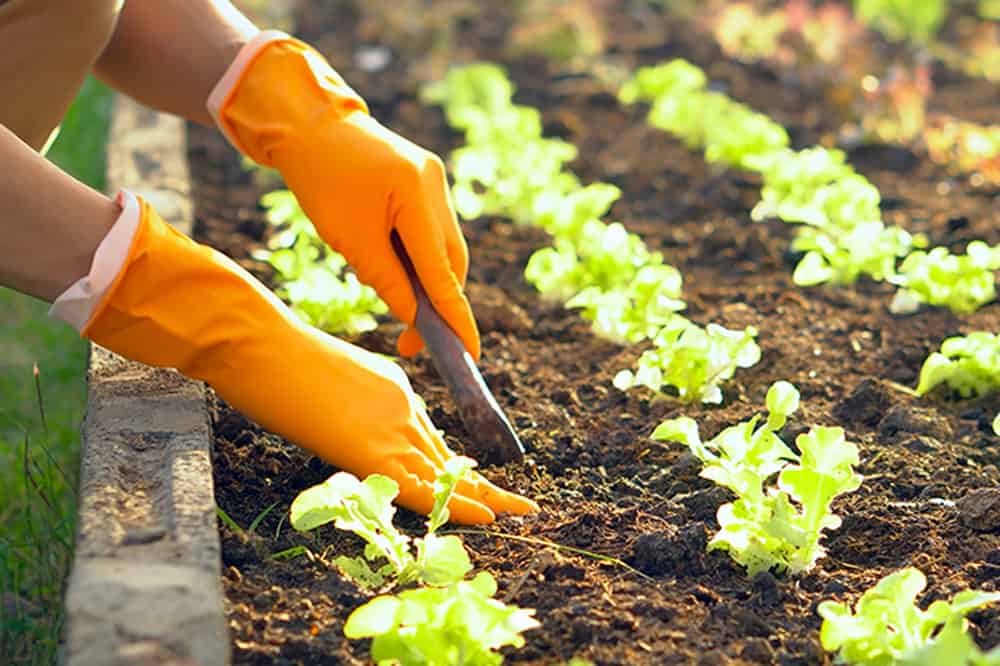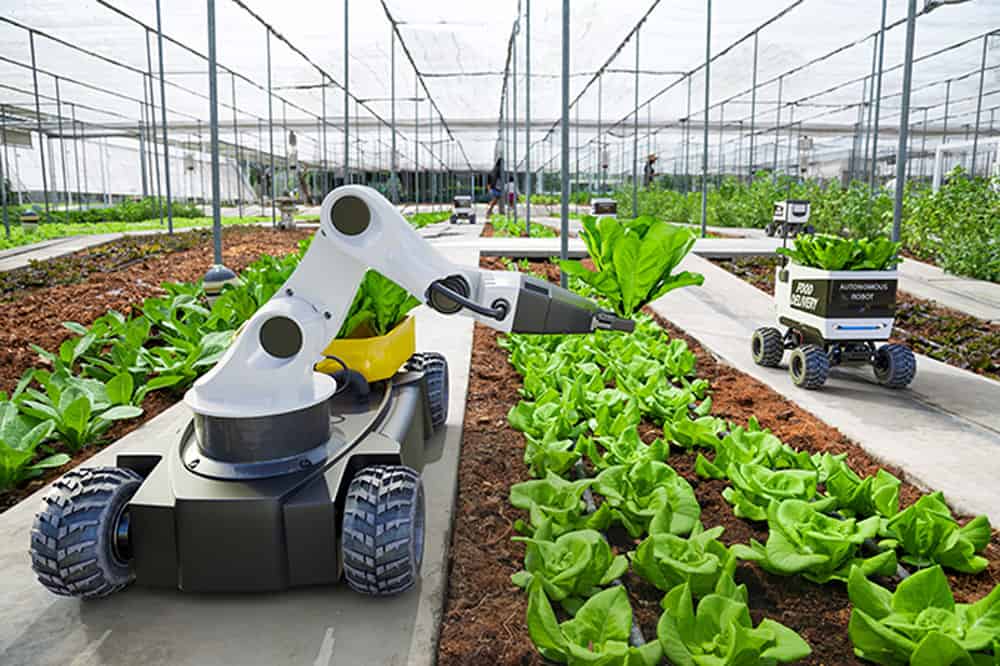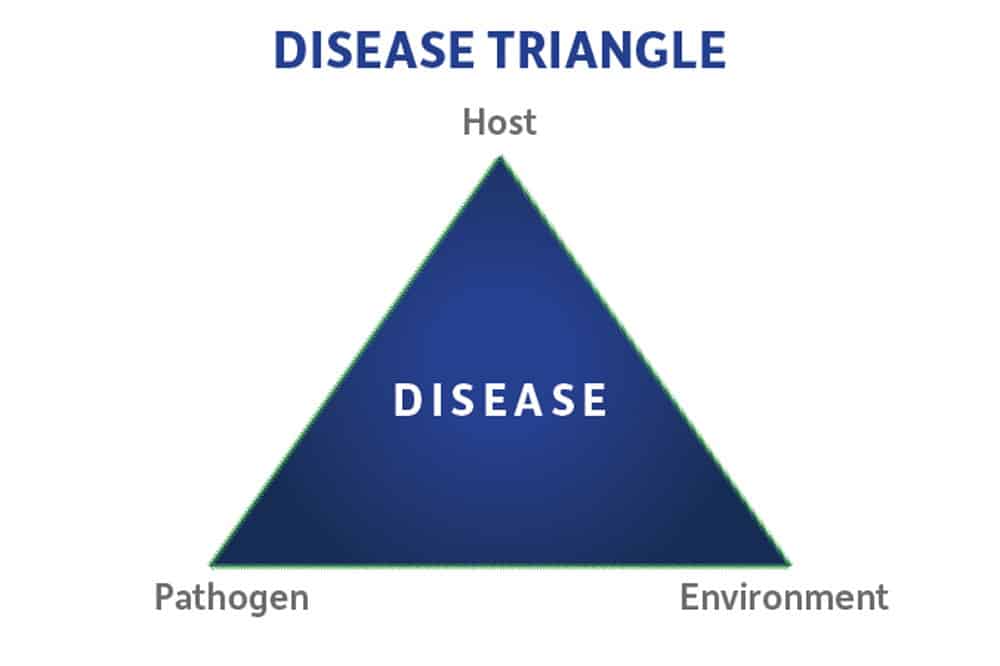Crop yield and quality are the critical measurements for growers each year to maintain a successful business and to supply the world with healthy and nutritious food.
And one of the best ways to support crop yield and quality at the end of the season is to ensure a strong and healthy start. New technologies and novel techniques in nutrient management and planting methods have given farmers the opportunity to not only increase their production capabilities, but also ensure more consistent crop success.
Looking at all the ways to get the best start possible from your crops can reduce potential problems and boost results.
4 Best Ways to Maximize Crop Growth at Seed Planting
Farmers know that to get the best yield a symbiotic relationship must exist between the plant, the soil, and the environment.
While farmers can’t alter some of these factors to maximize growth, they can modify others.
#1. Understand What’s in The Soil
A farmer’s soil gives plants their base for growth. It provides support, a foundation, and key nutrients.
Soils consist of decomposed mineral matter, such as clay, silt, and sand, as well as decomposed organic matter.
For vegetables, growers want well-drained, sandy loam soil. They don’t want heavy clay because that can have poor drainage and inadequate aeration that can restrict root growth. For organic farming, soil health is even more essential because it must provide the optimum nutritional medium for growth.
For soil to do the best job, it should have a balance of 50 percent solids and 50 percent pore space. Solids will be 45 percent minerals and 5 percent humus, or organic components formed from decomposing leaves and other plant materials by microorganisms. And, ideally, pore space will be made up of 50 percent water and 50 percent air.
A soil test can best tell if the available soil can provide the right mix of elements to crops, by analyzing acidity and fertility. A low-pH soil, for instance, may need the addition of lime to ensure proper nutrient uptake by the plant. Growers should conduct their soil tests across three to five areas or zones to get an accurate picture.
#2. Don’t Neglect Soil Preparation
After analyzing soil test results, growers can know what organic matter or other additives they may need to create ideal growing conditions for their specific crop types and prep the soil correctly.
Soil preparation can also include loosening the top layer to promote seed germination and root growth, leveling fields to promote proper water drainage, and boosting organic matter and soil health.
Growers can also factor in seed treatment options to help combat soil environments that are less than ideal. This initial prep work and early decisions all factor into germination, early seed development, and a crop’s ability to overcome unfavorable climate obstacles, ultimately leading to overall positive crop performance at the end of the season.
#3. Know Your Water Availability and Quality
Necessary for life, water is a key consideration in a crop planting plan, especially growers managing vegetable production.
Not only is water availability important, but water quality is a crucial factor to observe. Knowing each crop’s tolerance to salinity can offset water quality, as can a highly desirable soil type.
Using technology that provides insight into soil salinity, water uptake, and water availability can give farmers insight into what their crops need and reduce their need to guess. Technology can also keep farmers from wasting precious resources such as water or becoming unaware of salinity issues that could negatively impact crop yield and quality.
#4. Properly Juggle Nutrient Availability and Uptake
According to Oregon State University researchers, profitable production is the result of carefully juggling various nutrients to ensure they are available to the plant when they are needed most.
In fact, roughly 20 elements are essential for growth because the plant requires them for optimum metabolic functionality at various times throughout its lifecycle.
Calcium content is an important element for efficient uptake of nutrients. Depending on the soil, growers look for an ideal calcium to magnesium ratio, varying from 7 to 1 in heavy clay soils and 3 to 1 in sandy soils.
Additionally, any nutrient imbalance can affect a plant’s ability to uptake other nutrients.
Too much nitrogen, for instance, can limit copper intake, which is important for stalk strength. Too much phosphorous limits sulfur and zinc intake, which are each needed for root development and moisture absorption. Excess potassium can limit boron intake, which helps the plant utilize nitrogen. And an abundance of sulfur inhibits phosphate availability in crops.
Ongoing soil test results can show growers a picture of what nutrients, organic matter, and water availability their soil has, allowing them to alter their growing strategies accordingly to improve crop outcomes.
Looking for crop solutions that can help you give your crops a better start? Stoller’s plant performance products help support optimum growth when weather or stress conditions can cause imbalances. Learn more about how Stoller can help you boost crop yield and quality by contacting your local subsidiary.





 Argentina
Argentina Australia
Australia Belize
Belize Brazil
Brazil Chile
Chile China
China Canada
Canada Colombia
Colombia Costa Rica
Costa Rica Dominican Republic
Dominican Republic El Salvador
El Salvador Europe
Europe Guatemala
Guatemala Honduras
Honduras India
India Mexico
Mexico Nicaragua
Nicaragua Panama
Panama Peru
Peru Philippines
Philippines South Africa
South Africa Tacchino
Tacchino